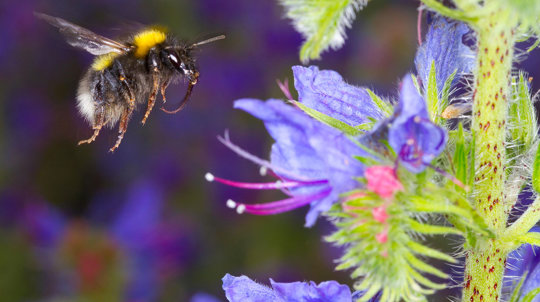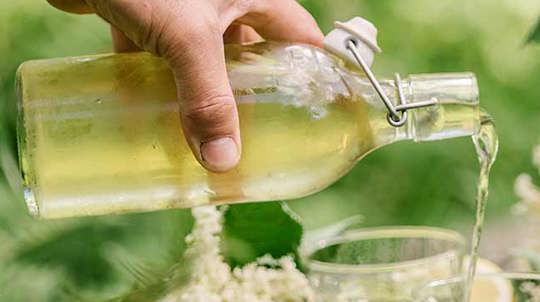Common names: herb-robert, red robin, death-come-quickly, stinking Bob, squinter-pip
Scientific name: Geranium robertianium
Family: Geraniaceae
Origin: native
Flowering season: May to September
Habitat: broadleaf woodland, grassland, heathland and moorland





